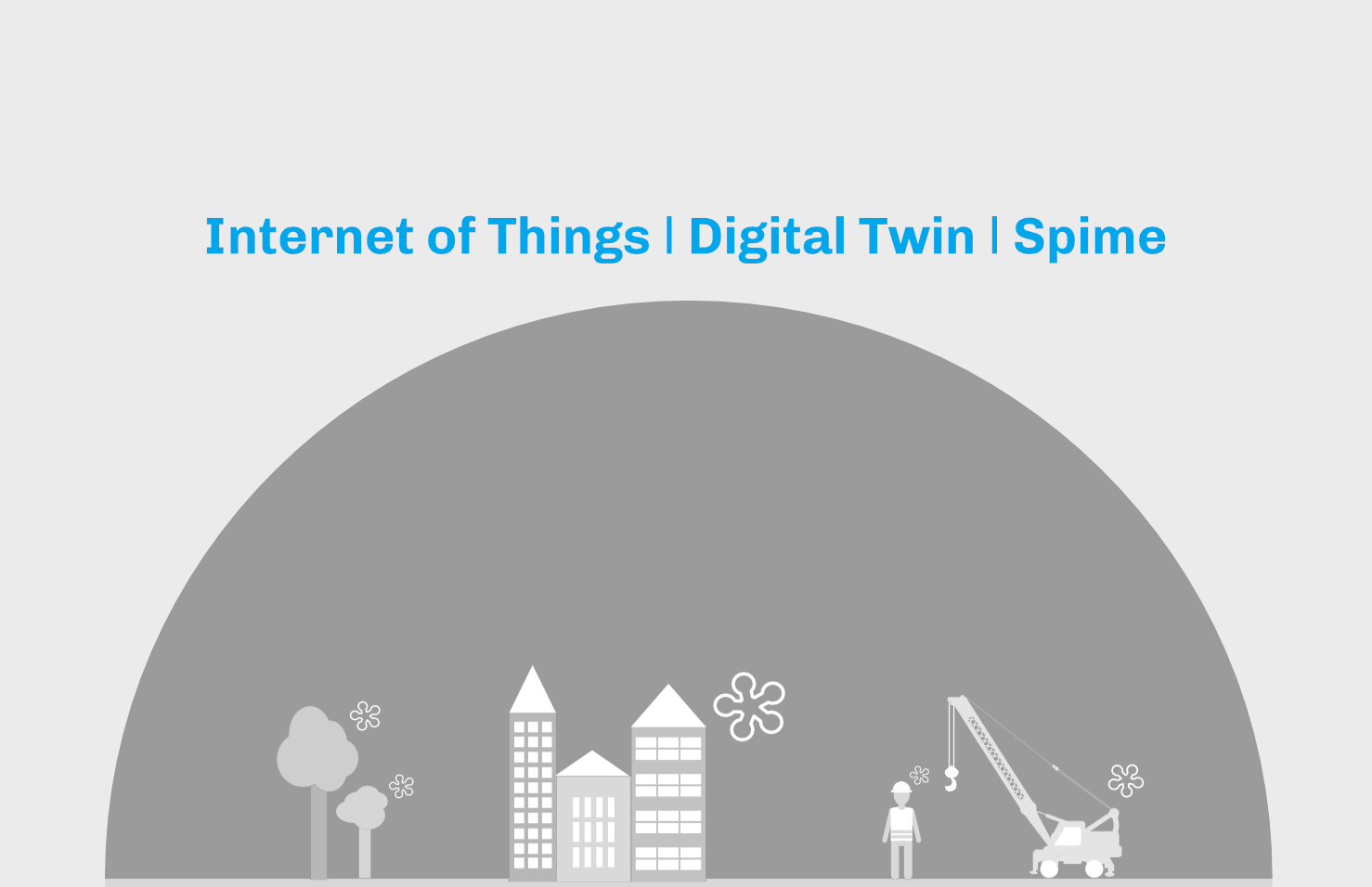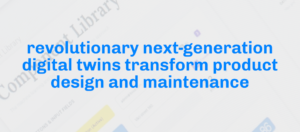Spimes are the next generation digital twins
During the times of NASA’s Apollo space program, any thing that was sent to space had an exact physical replica on earth. Although the approach was expensive, it proved to be crucial when something unpredicted happened during the mission and the engineers had to suggest workarounds or fixes to astronauts. Apollo 13 mission may have been the most known example.
As computer simulations evolved to be more and more accurate and CAD/CAM systems matured, NASA started to create also digital replicas of their hardware, calling them ‘Digital Twins’. This made the engineering efforts more productive, as the twin was more accessible to engineers and accumulated information from many generations of hardware.
The Digital Twin concept has also been adopted by the heavy industry and manufacturing, and factory production machines now routinely have their twin modeled for continuous process improvement. Some manufacturers like Rolls-Royce or Dassault also push digital twins forward in their end products, such as jet engines and avionics systems.
Our spime has similarities with the Digital Twin what comes to data collection and algorithm execution, but the core concept is quite different: While Digital Twin is a replica, spime is the primary object managing physical manifestations. Furthermore, spime contains all the intellectual property like design and code, and is thus the merchandise itself.
It is notable that the whole spime does not mandatorily reside in a cloud or network; it can also be hosted in embedded hardware right next to the asset itself when there is limited connectivity available, or when millisecond grade controls must be performed.
This is where our R&D now focuses – how to sustainably, efficiently and securely move spimes around evolving hardware while offering our customers an ultra-reliable global Spime container infrastructure as a service.
Apart from Digital Twins, Spime are also very much about transforming products into continuous services, meaning that the customer is kept in the loop with the manufacturer for the entire lifecycle of the product. Fire-and-forget business models are coming to their end, not primarily for ecological reasons but due to long term sustainability and better understanding of customers in real time.
Although spimes accelerate digitalization and automation which are already displacing a lot of manual labor and thus jobs, I believe that with a truly global spime market we will eventually see more jobs, which are meaningful and creative. With spimes, knowledge and experience will not be lost when people retire so there will be far more effective evolution of ideas and algorithms.
To conclude, if you don’t know what your customers are up to right this minute, very soon your competitor will. And then it is usually too late. That’s why businesses must look into spimes today.
//Pasi





3 replies on “Spimes and Digital Twins”
Hello basen.net webmaster, Good work!
Hi basen.net owner, You always provide useful links and resources.
Hello basen.net owner, Your posts are always well-supported by research and data.